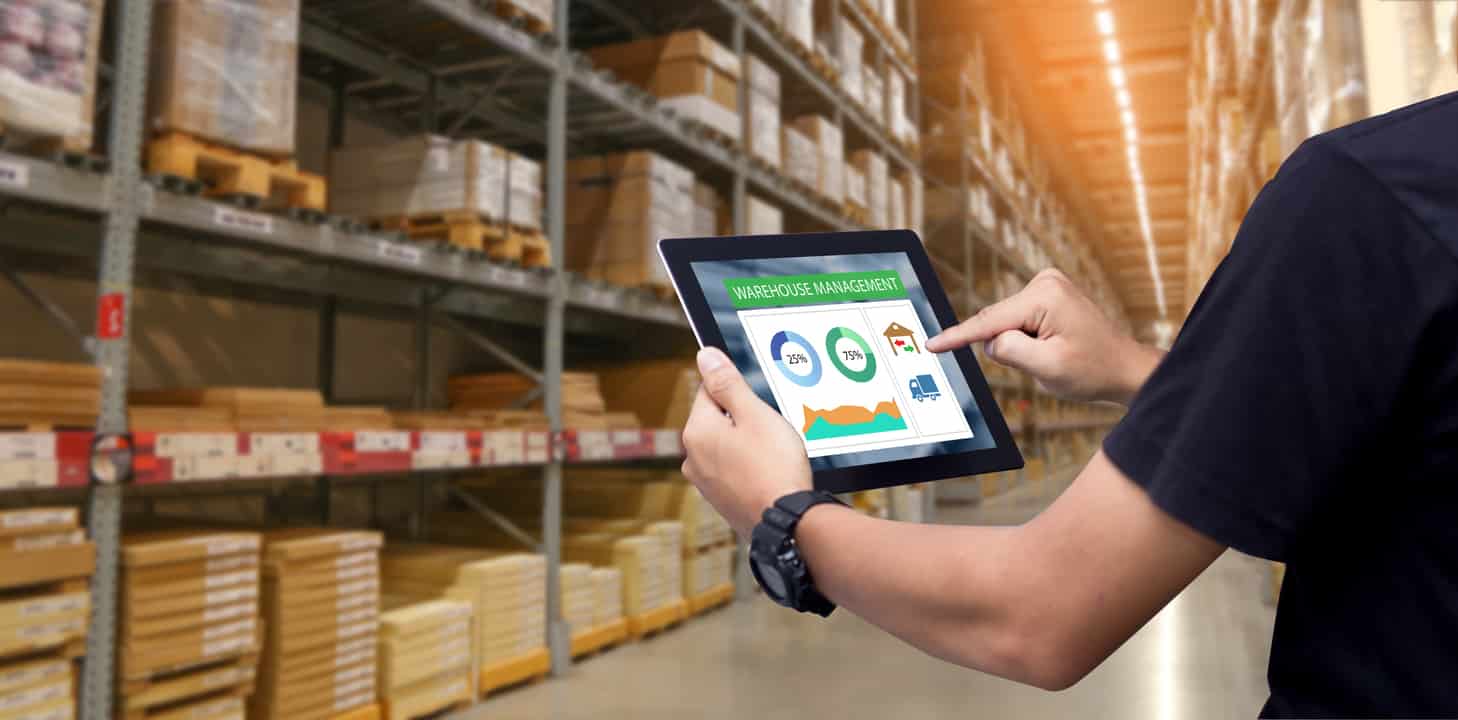For every $1 billion in sales, the average retailer incurs $106 million in merchandise returns. This is a big number that’s not expected to shrink anytime soon. Third-party logistics providers (3PLs) are perfectly positioned to help customers receive and process the mountain of product returns that companies face.
When 3PLs manage returns for their customers, it takes that task off customers’ plates while giving the logistics provider a new way to differentiate itself in the marketplace. Doing so also gives 3PLs an entirely new revenue stream that—when supported by a modern, automated reverse logistics processing platform—can enhance revenues by 10-30 percent.
According to the ReverseLogix Reverse Logistics Technology Study, the vast majority of companies that use a 3PL for returns management are glad they are outsourcing returns. They cite flexibility, cost efficiency, and resource efficiency as the reasons for choosing 3PL return services.
However, 3PLs using a warehouse management system (WMS) to manage their customers’ returns are struggling to take full advantage of these opportunities. Not only was WMS not built to manage the modern-day influx of returns, but it’s also incapable of handling the many different facets of the returns management process.
Managing the Returns Avalanche
The rapid rise of eCommerce has driven an increase in product returns. By industry estimates, 30% of all items ordered online are returned, versus just 8.9% of brick-and-mortar purchases. Taking advantage of easy and free returns has become a natural choice for customers, many of whom take these points into consideration before hitting the “buy” button.
This uptick in online returns has opened up an entirely new revenue stream for 3PLs, who have a real opportunity to differentiate themselves from competitors that are still using a WMS and separate solutions for returns processing management.
In the same study, we asked companies that outsourced returns to a 3PL what it would take for them to bring returns management back in-house. A majority did not want to do returns themselves. Responses included:
- “I don’t there’s anything to make it worth it.”
- “Not interested.”
- “It would not be worth my cost and resources.”
To take advantage of this huge growth opportunity, 3PLs need robust reverse logistics technology purpose-built for product returns.
By thinking beyond “picking, packing, and shipping” products, 3PLs can effectively add value for their customers by providing a high-value service that those companies can’t manage effectively themselves. Offering returns processing also helps customers improve their own profit margins, conversion rates, and customer satisfaction.
The returns value proposition is simple for the 3PL that has an existing customer base for which it handles all aspects of forward fulfillment. By offering returns management, a 3PL can increase its revenues by 10%-30%, which is basically the return rate.
– Gaurav Saran, CEO, ReverseLogix
Why a WMS doesn’t Work for Returns Management
Some 3PLs naturally turn to their WMS for help with the returns process, incorrectly assuming that the same software that handles inventory receiving, put-away, picking, order shipping, and inventory replenishment will somehow step up to the plate and automate their returns management. In reality, a WMS only scratches the surface of the end-to-end returns process.
Designed to manage order fulfillment, a WMS doesn’t cater to modern customers who want to go online to initiate a return, print a shipping label, and send the item back to the merchant. Because of this, some 3PLs will add more point solutions, ending up with a patchwork of tech that doesn’t “talk” to each another.
With little or no visibility over all of the returns activity, 3PLs never really know where an order is in the pipeline, when it will arrive at the facility, or what to do with it once it gets there.

The Answer: A Returns Management System
3PLs need an automated, cloud-based platform purpose-built for managing the reverse logistics process.
With a cloud-based returns management system (RMS) in place, 3PLs can efficiently orchestrate every aspect of their customers’ returns, repairs, and after-sales care.
- By automating and optimizing processes with AI and machine learning, an RMS helps 3PLs reduce operating costs and adhere to complex service level requirements (SLAs)—all from one centralized platform.
- An RMS can auto-route your product returns according to clients’ rules and priorities, saving you enormous amounts of time and resources.
- An RMS can scale to serve dozens of different customers, each of which may have different requirements.
A 3PL was trying to use its top-tier WMS to manage returns. The 3PL was forced to pay out large sums and wait for months for the vendor to implement changes. By moving its returns services to the ReverseLogix RMS, the 3PL saved money and is helping customers quickly meet their ever-changing needs.
An RMS Solution: Purpose-Built for Returns
As the only RMS provider that offers a true end-to-end reverse logistics management system, ReverseLogix takes a holistic approach to a 3PL’s current operations and enhances those activities with advanced, AI-enabled technology.
With a single, end-to-end, centralized system that steps in when the return is initiated and doesn’t leave until the return is fully processed, 3PLs can gain complete control over returns, boost their own revenues, and gain competitive advantage that no WMS can provide.
Where a WMS may be able to manage activities that take place within the 3PL’s four walls, it comes up short on the customer-facing side of the equation: It can’t connect customer activities to the 3PL’s back-end functions, where companies need to see when a product arrived, what condition it’s in, and what the next steps are.
By replacing a WMS and point systems with an RMS, logistics providers can multiply their efforts across customers, meet those customers’ SLAs, leverage data that they didn’t previously have, and improve their own market positions.
An RMS empowers 3PLs to become a “one-stop shop” for all of their customers’ needs. Logistics providers that ignore these realities and stick with their existing WMS will find themselves running behind the rest of the pack and trying to catch up.
With returns management being an area that most companies have yet to optimize, the time to make the move is now—before everyone else jumps in.

